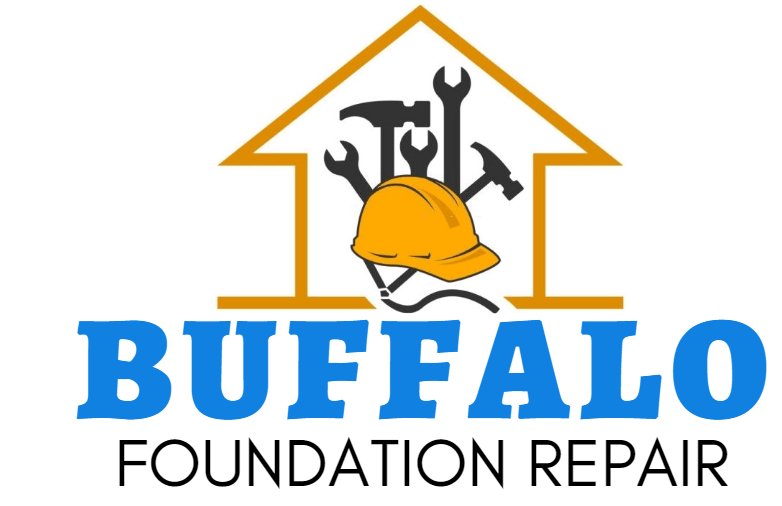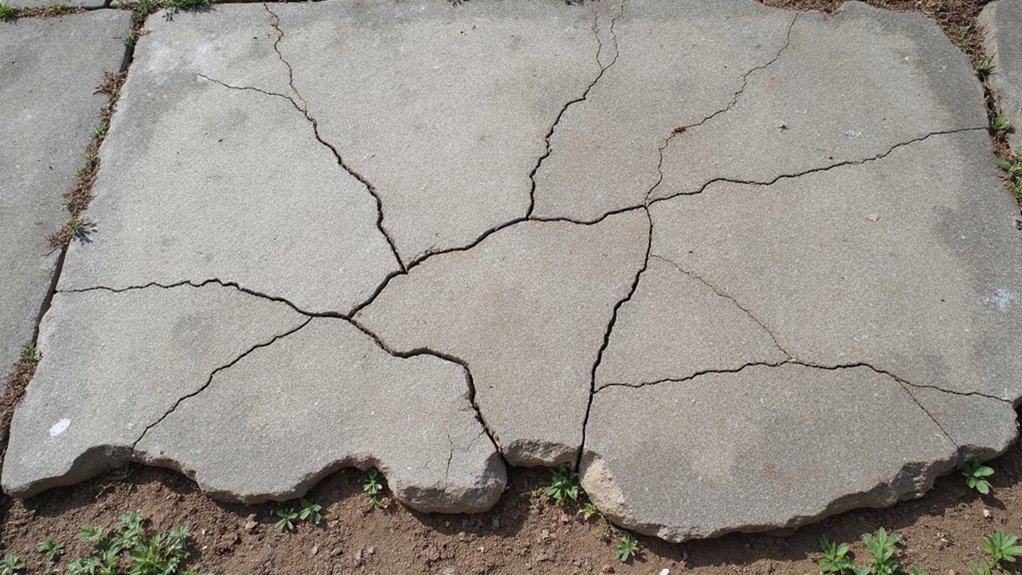If you’re a homeowner in western New York, you’ve probably dealt with the frustration of foundation cracks. These unsightly and potentially costly issues often stem from the region’s dramatic seasonal changes. From scorching summers to frigid winters, the dramatic temperature swings can wreak havoc on your home’s structural integrity. But what’s really causing these foundation problems, and how can you address them? Let’s take a closer look at the key factors at play.
Seasonal Climate Fluctuations
One of the primary causes of foundations cracking in Western New York is the region’s seasonal climate fluctuations. The dramatic temperature changes, ranging from bitterly cold winters to sweltering summers, cause the soil and the foundation materials to expand and contract.
Additionally, the humidity variations throughout the year can lead to moisture buildup, further exacerbating the issue. This constant cycle of expansion and contraction, combined with moisture changes, puts significant stress on the foundation, pivotal leading to cracks and structural damage over time.
Comprehending and addressing these seasonal climate factors is essential for preventing and mitigating foundation issues in Western New York.
Soil Conditions
Another key factor contributing to foundation cracks in Western New York is the soil conditions. The area’s high water table levels and frequent freeze-thaw cycles can wreak havoc on your home’s foundation.
When the ground freezes, it expands, putting pressure on the foundation. As it thaws, the soil contracts, causing the foundation to shift and crack. This cycle repeats, gradually weakening the structure over time. Experienced experts at Buffalo Foundation Repair can help you manage these challenges and protect your investment.
Age of Houses
Many houses in Western New York are quite old, with some dating back over a century. The age of these homes can contribute to foundation issues due to the construction timeline and materials used. Older foundations were often built on less stable soil conditions or with outdated techniques. As the home settles and ages, these weaknesses can manifest as cracks in the foundation. Knowing the home’s history can provide helpful observations into the causes of foundation damage.
Quality of Original Construction
If the original construction of your home was of poor quality, this can certainly contribute to foundation issues down the line. Faulty installation techniques and inadequate materials used during the building process can lead to cracks, settling, and other structural problems over time.
Homeowners may find themselves dealing with these challenges, feeling frustrated and concerned about the integrity of their property. However, understanding the potential causes can help you address the situation and take the necessary steps to repair and maintain your home’s foundation. With the right approach, these issues can be effectively managed.
Ground Settling and Erosion
Ground settling and erosion can also contribute to foundation issues in your home. The soil underneath your foundation may shift, causing it to sink or sag. This movement can lead to cracks and uneven floors.
Additionally, underground cavities or soil liquefaction can cause your foundation to settle unevenly.
Some key factors that can influence ground settling and erosion include:
- Soil composition – Clay-heavy soils are more prone to expansion and contraction.
- Drainage issues – Poor water management around your home can erode the soil.
- Tree roots – Expanding tree roots can displace the soil underneath.
- Earthquakes – Even minor seismic activity can destabilize the ground.
Hydrostatic Pressure
While ground settling and erosion can assuredly contribute to foundation issues, another common culprit is hydrostatic pressure. When heavy rains or spring thaws cause groundwater accumulation around your home, this excess moisture can exert significant force against your foundation. Improper drainage systems or clogged gutters only exacerbate the problem, allowing water to pool and push inward.
Over time, this hydrostatic pressure can crack, bow, or even lift your foundation, leading to expensive repairs. Addressing drainage issues and ensuring proper waterproofing are pivotal steps to prevent hydrostatic pressure from undermining your home’s stability.
Tree Root Intrusion
Did you know that tree roots can also be a common culprit behind foundation cracks in your home? Tree roots can wreak havoc on your foundation in several ways:
- Aggressive growth: Tree roots can expand and grow, exerting immense pressure on your foundation.
- Moisture changes: As roots absorb moisture, they can cause soil moisture changes, leading to foundation drainage issues.
- Foundation lifting: Roots can lift and displace the foundation, causing cracks and uneven settling.
- Plumbing damage: Roots can infiltrate and damage underground pipes, further compromising your foundation’s stability.
Addressing tree root intrusion is essential for maintaining the integrity of your home’s foundation in Western NY.
Frequently Asked Questions
Can Foundations Be Repaired if They’ve Already Cracked?
Yes, cracked foundations can be repaired. A structural integrity assessment can identify the best foundation stabilization techniques to restore your home’s structural integrity and provide the sense of security you deserve.
How Can Homeowners Prevent Foundation Cracks From Occurring?
To prevent foundation cracks, guarantee proper soil grading around your home and perform regular foundation inspections. This’ll help catch issues early before they become major problems, keeping your home safe and secure.
Are There Any Government Programs That Assist With Foundation Repairs?
You may qualify for state tax credits or local municipality grants to help cover the costs of foundation repairs. Check with your local government to see what programs are available to support homeowners in your community.
What Are the Signs That Indicate a Foundation Needs Inspection?
Look for cracks, uneven floors, or sticking doors – these may indicate foundation issues caused by soil settlement or hydrostatic pressure. Don’t ignore the signs; get your foundation inspected to prevent further damage.
How Much Does a Typical Foundation Repair Project Cost?
Typical foundation repair costs can range from $2,000 to $20,000, depending on the extent of the damage. Many financing options are available to help you get the repairs you need to keep your home secure.


Recent Comments